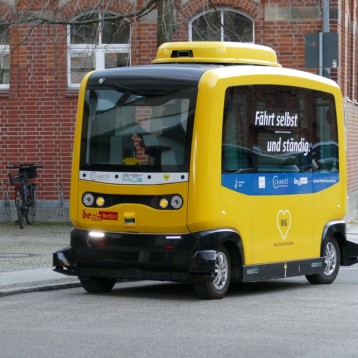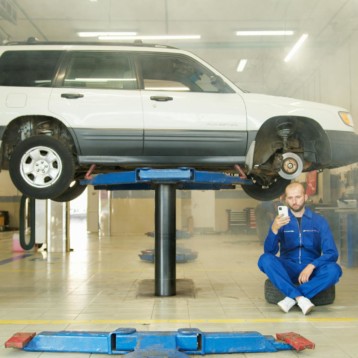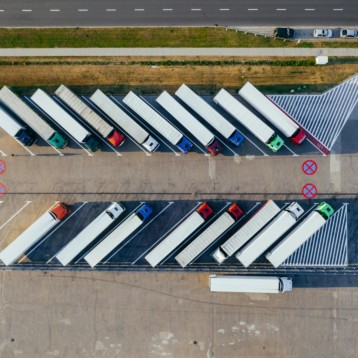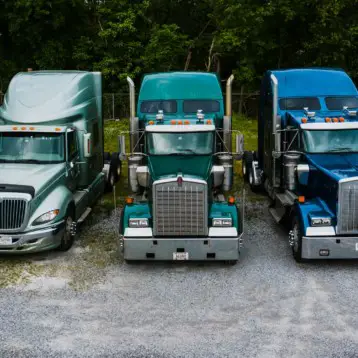Trucking’s future is a hotly debated subject among businesses and drivers alike. What design will future semi-trucks have? With self-driving trucks looming on the horizon, will American truck drivers in the future even have jobs? The way drivers operate is being impacted by current developments, which are already influencing how the trucking business will develop.
To prepare your business for the future, check out this article about truck driving’s current state and anticipated developments.
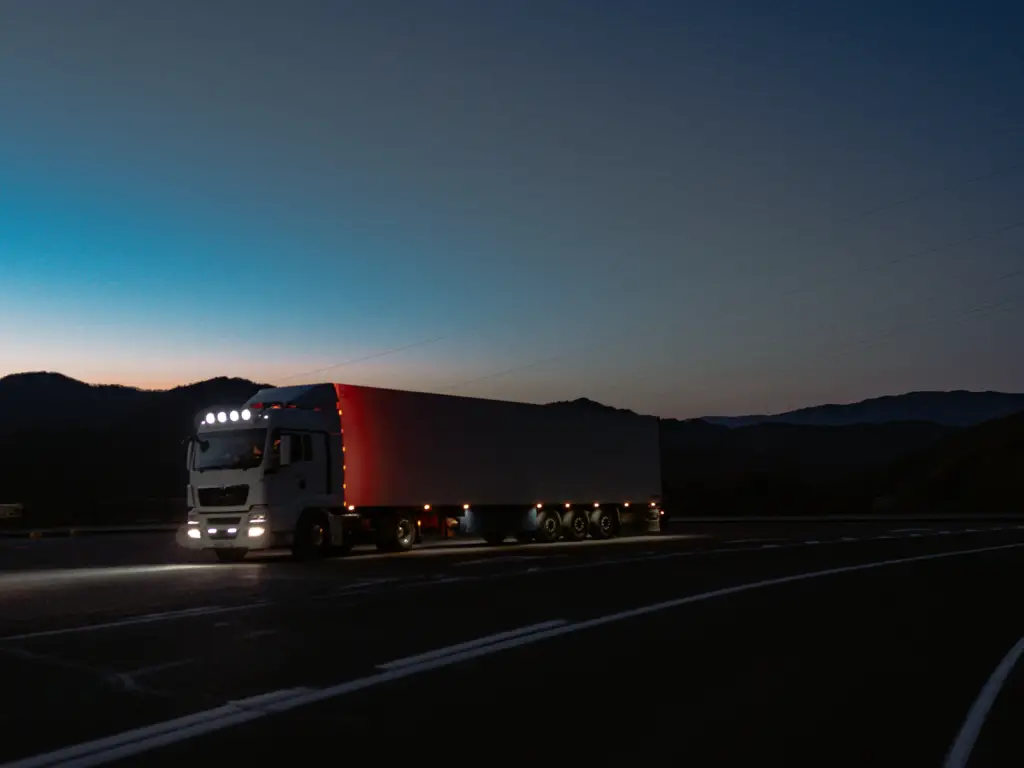
AI Infusion
Worldwide, 8.7 million truck drivers work in the enormous $800 billion sector. There are 7.8 million people employed in transporting goods and 3.5 million professional truck drivers in the United States alone, where trucking is the most widespread job in several states.
The transportation sector, including trucking, is expected to undergo significant changes due to artificial intelligence (AI) technologies. According to research, between 2017 and 2030, the transportation sector’s AI market is expected to develop at a compound annual growth rate of roughly 18 percent, increasing from $1.2 billion in 2017 to $10.3 billion in 2030.
With AI technology, businesses like Tesla, Google, Uber, and other truck manufacturers are gathering steam and testing trucks on public roads. As long as these businesses continue to innovate, the sector will undergo numerous revolutions. AI will significantly impact everything from fuel efficiency to route optimization, drivers, and safety and accident prevention.
What does the ongoing technological transformation entail for the trucking business and its employees? Here is a summary of all the information you might need.
- Electric Trucks
Since electric passenger vehicles have been existing for a while, figures show that in 2019, sales of these vehicles exceeded 2.2 million units. Electric vehicle adoption is estimated to skyrocket shortly for businesses in this sector. However, because long-haul semi trucks are more difficult to introduce, the progress of electric trucking vehicles will go more gradually.
In the future, the trucking industry may employ electric vehicles, but long-haul driving requires a large battery capacity that is still beyond the capabilities of the existing electric technologies. Nevertheless, several fleets that work in urban or rural areas are starting to research electric models and producers. To meet the demand, these manufacturers all created trucks as soon as possible.
- Increased Safety
Although fully automated driving may get some time off, we are already seeing safety features added to trucks. For instance, a Tesla computer can manage semi-autonomous braking, steering, and acceleration systems on a truck, but the driver will still need to maintain control of the steering wheel.
To provide drivers more flexibility, the Federal Motor Carrier Safety Administration (FMCSA) updated the HOS. Still, many drivers continue to log 11 hours a day behind the wheel. It increases the risk of errors as the shift progresses.
Semi-autonomous trucks with AI guidance can reduce the potential risks brought on by drowsy or inattentive driving by recording work time & sending real-time alerts.
- Fuel Economy
The annual fuel consumption of one commercial truck might reach over $70,000. When you multiply this sum by the number of trucks in a fleet, it becomes clear why trucking businesses are always looking for ways to increase fuel economy. Using AI technology will result in better fuel efficiency due to better aerodynamics. In addition, overall savings can increase.
The state and internal functioning of the truck are crucial because fuel is one of the biggest expenses for fleets. AI can identify specific truck issues that are resulting in underperformance.
The costs associated with fuel efficiency will drop much further when the industry transitions to self-driving trucks.
A report published in 2018, predicted that the industry would save $168 billion overall and gain fuel efficiency to the tune of $35 billion.
- Route Planning And Fleet Administration
AI becomes the ideal partner for fleet managers, boosting their productivity and assisting in the streamlining and efficiency of processes. For instance, by identifying which drivers to assign specific loads. It can also help you to identify driving patterns that you might overlook.
AI also has benefits for route optimization. The technology makes route optimization more efficient, reducing trip time and mileage by allowing shipping companies and drivers to determine the quickest, most effective sequence for scheduling stops. To simplify load scheduling or driver rerouting, AI can analyze traffic trends and utilize algorithms to foresee delays, informing managers and dispatchers early. AI-driven software that uses real-time traffic, climate, and previous transit time data to deliver more precise ETAs benefits drivers, fleet management, and customers. Route optimization will be more efficient because AI is improving.
- Workflow Innovation
Numerous technological innovations intended to boost production and efficiency have benefited the trucking sector. Drivers and fleets can transit from print to electronic management processes employing AI, data storage, machine learning (ML), and IoT. Fleets may now identify clients impacted by tariffs on imports, for instance, and communicate with them to create mitigation solutions.
- Creating More Jobs
A new array of jobs would surface. For instance, there will be a high demand for distant truckers and numerous technology opportunities. Many industries that are likely to be touched by AI will undertake retraining programs, and governments and businesses will probably do the same. They will look for people to train their truckers & employees, in general, and assist them in acquiring more skills. Hence, employment in the trucking industry will increase.
- Liquidation
The pandemic outbreak increased the number of bankruptcies. While some might contend that this predicts terrible news for the transportation industry’s future, this is not true. The lengthy pandemic has increased demand for things bought online by businesses that are still open, and the fate of driving trucks is still bright. With American customers increasingly dependent on internet purchases, carriers that adapt to changing conditions will become increasingly important.
CONCLUSION
According to reports, $2 billion was invested in transportation tech startups in the spring of 2019. $26 billion of the logistics industry’s overall startup capital is allocated to the transportation and logistics sector.
Trucks Need Drivers, Electric Or Not!
The horizon for truckers is still extremely bright, no matter what changes are in store for your trucking career. Let’s examine a few causes behind this.
1. Many tasks still involve human effort, and no amount of robots or AI can take the place of a human. Examples comprise:
- Securing goods
- Loading and unloading
- Scrutinizing vehicles
- Consumer assistance
- Immediate repairs for insufficient liquid levels or flat tires
2. Completely autonomous transportation is still in its early stages.
Current technologies concentrate on levels 2 and 3 of the following established levels of automation:
- Level 1: Driver Assistance
- Level 2: Partial Automation
- Level 3: Conditional Automation
- Level 4: High Automation
- Level 5: Full Automation
The promise of artificial intelligence to boost productivity, dependability, safety, and sustainability in the transportation industry has started to materialize. Although not a complete answer, AI technology depends on human expertise to know what to do. AI will modify people’s jobs and enhance their work processes, never replacing them. The trucking business is changing thanks to artificial intelligence, which promises to improve the experience for fleet management, drivers, consumers, and other crucial stakeholders. AI can always learn but can never gather the expertise a human can with years of doing that work


